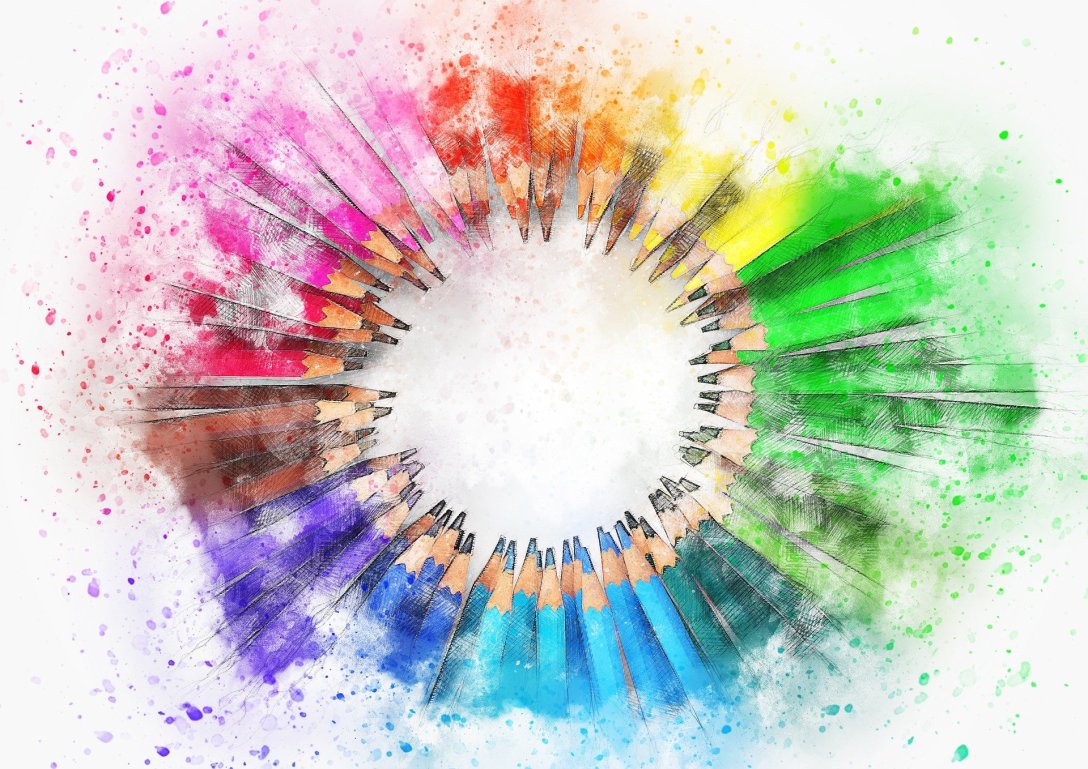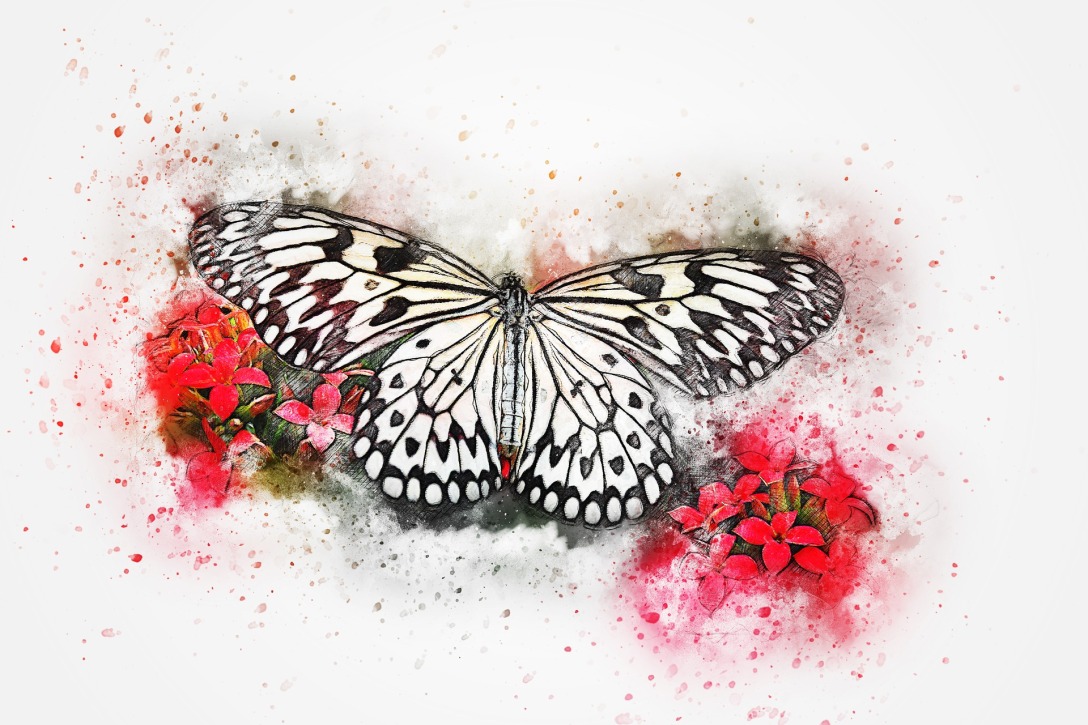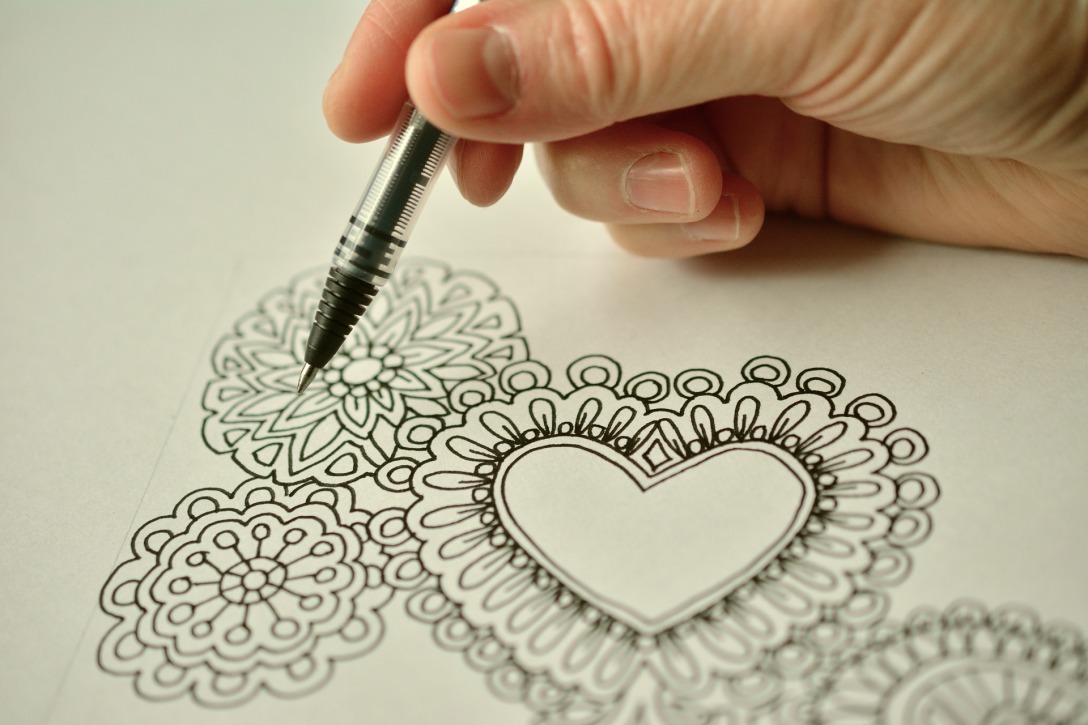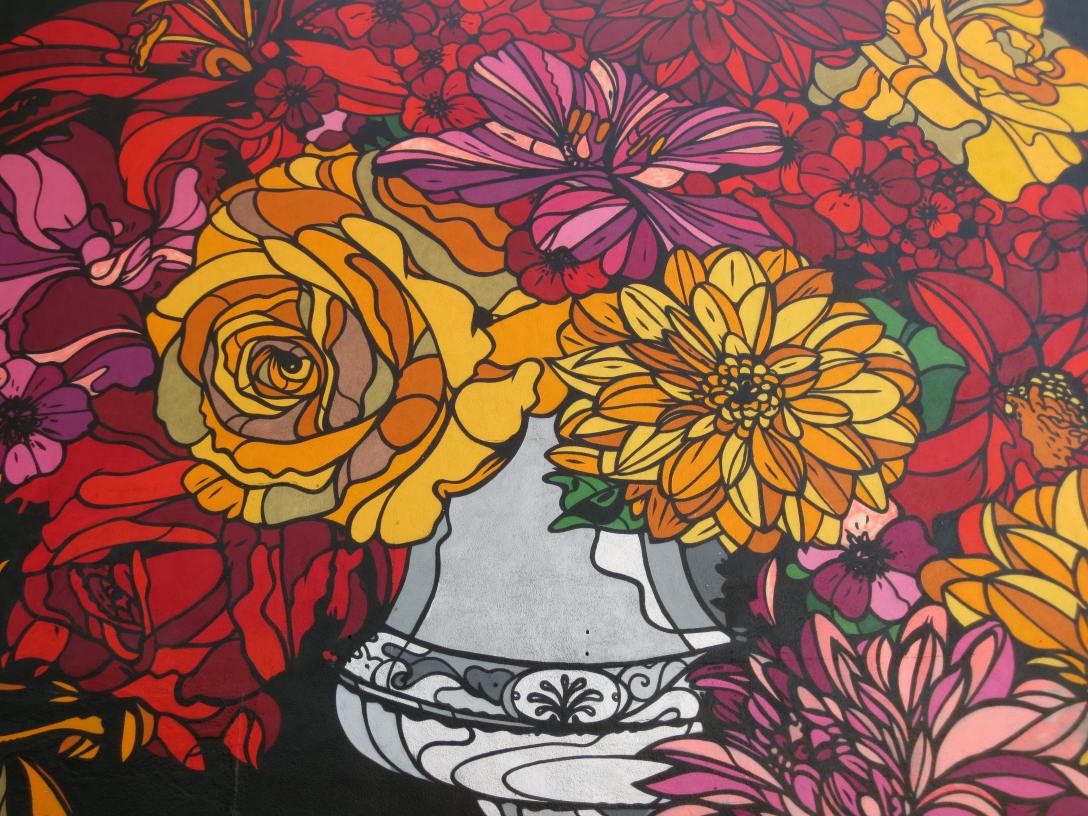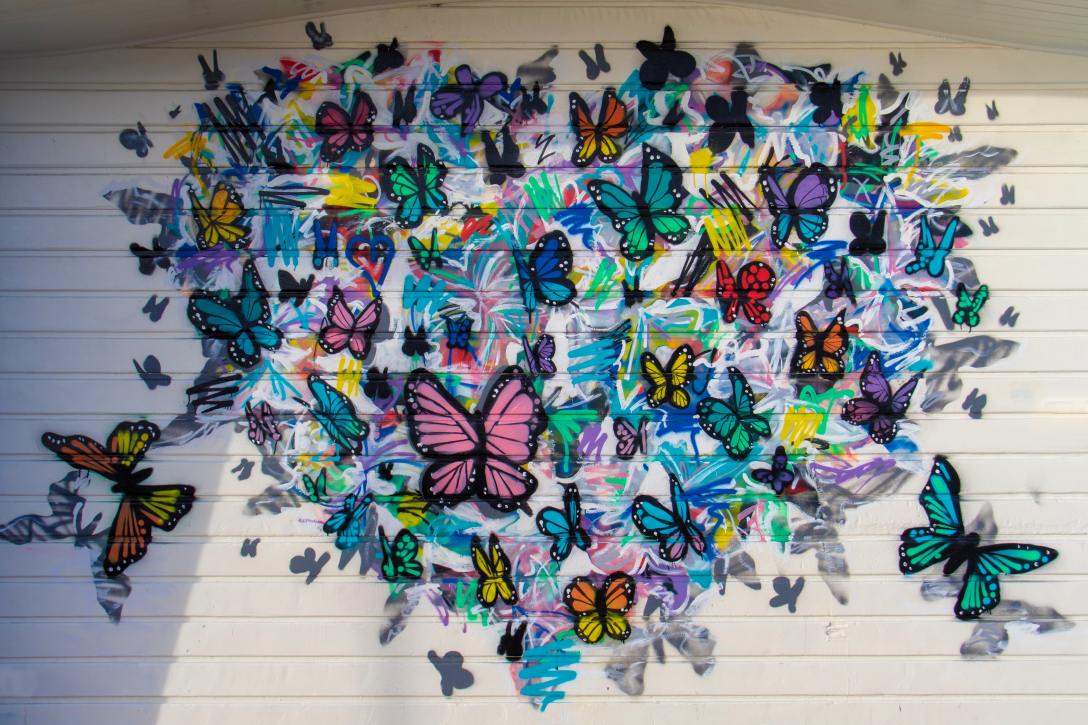Mandala drawings are circular designs with different geometric patterns. Three simple ways to draw your mandala are listed below:
- Create a structure: Start by selecting a center point in the middle of the paper. Then use a compass and start drawing circles around the center point. Then use a pencil and draw axes across the circle. If you want your mandala to look less symmetrical, organic you can skip this steps.
- Drawing your design: Draw rings around the center point. The rings can be triangles, flower petals, or any other shapes. Draw the shapes touching the first circle to make sure they are of the same size.
- Finishing up your mandala: Trace your design with a pen to create visual interest and depth to your drawing. Add more details if required, and then remove any unwanted pencil drawings.
Finally, you can give color and make your mandala drawing look beautiful.


